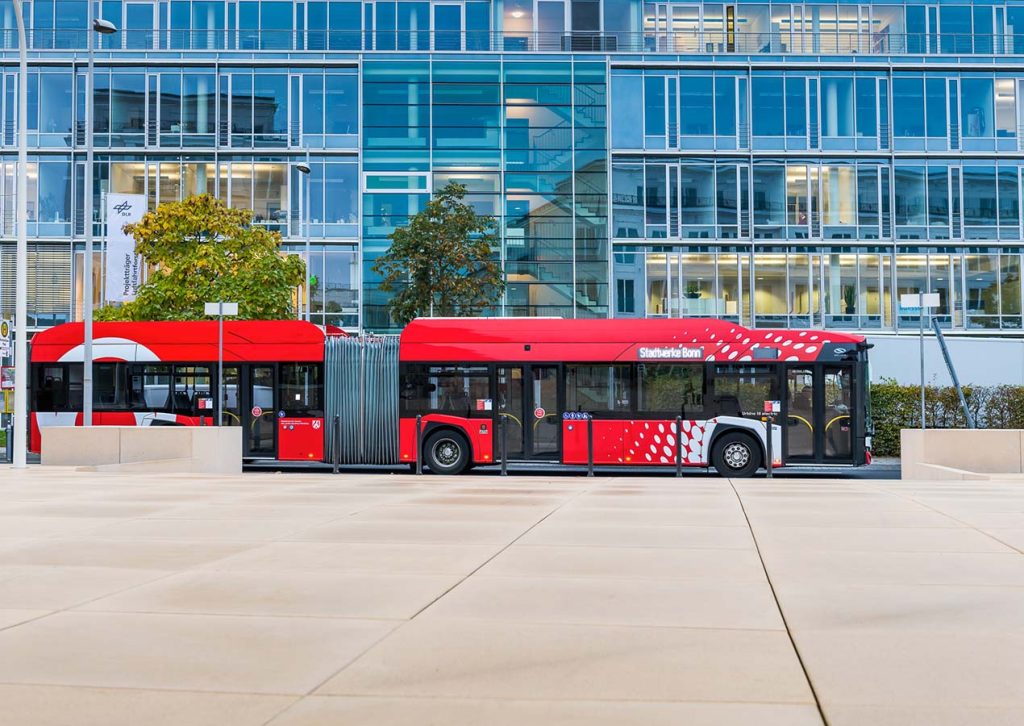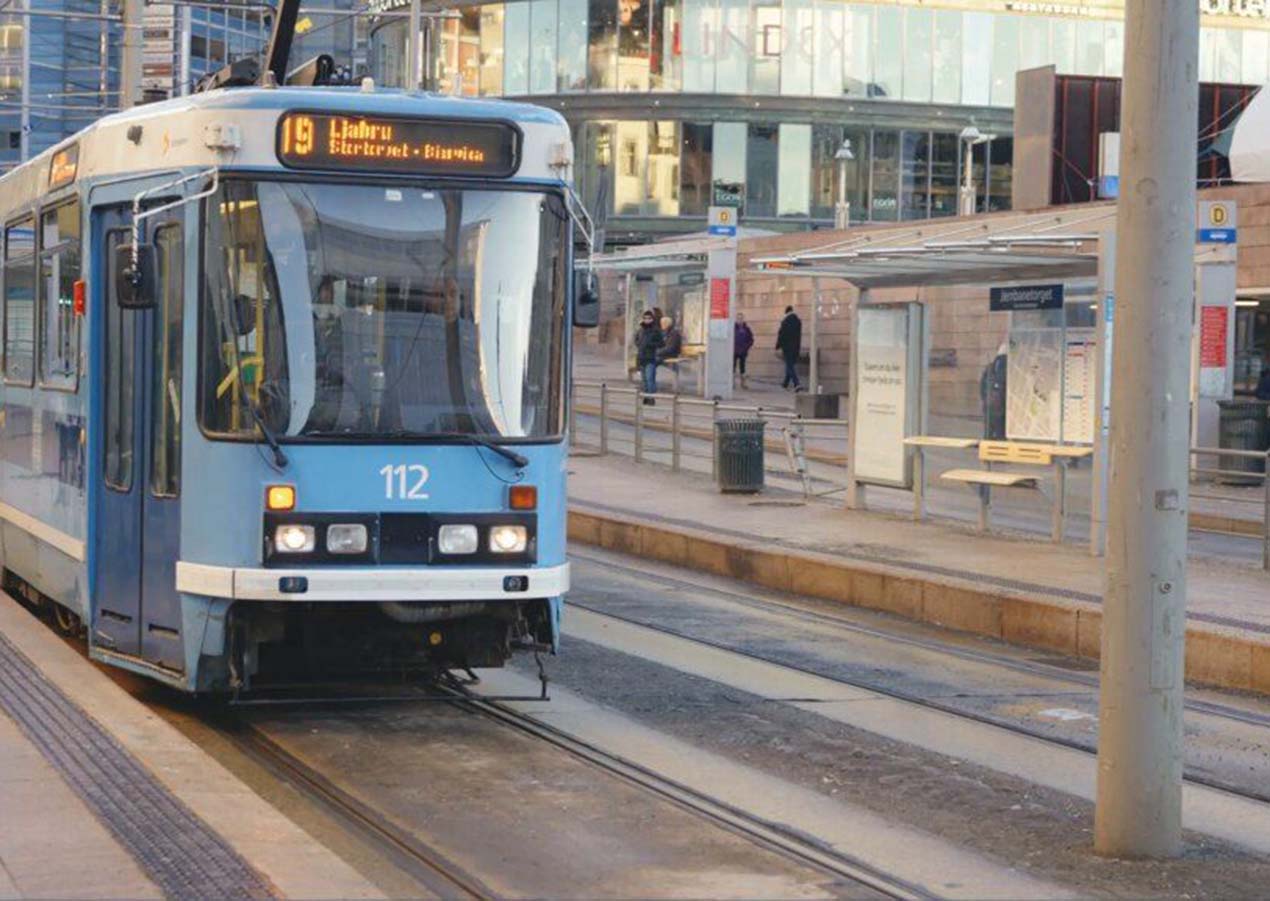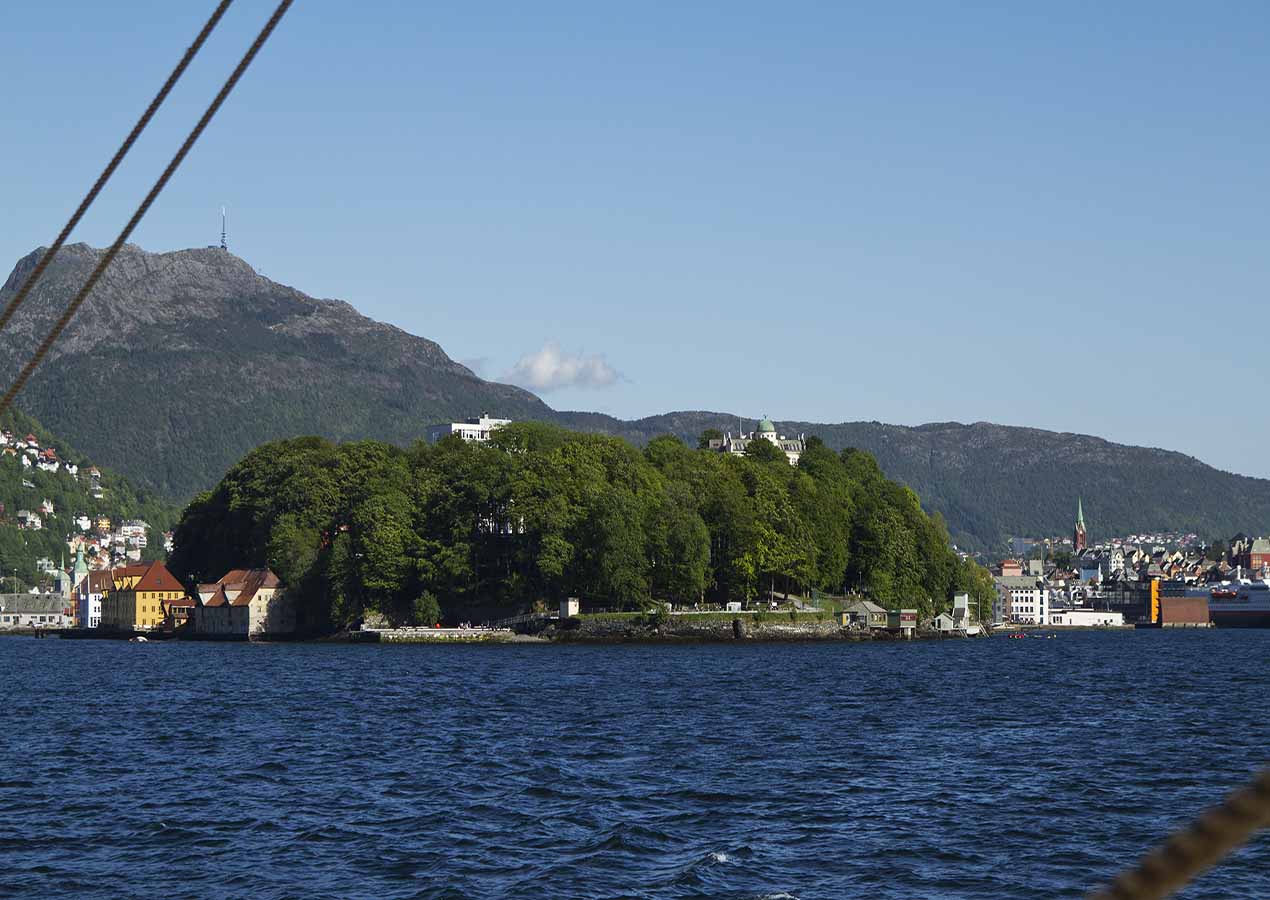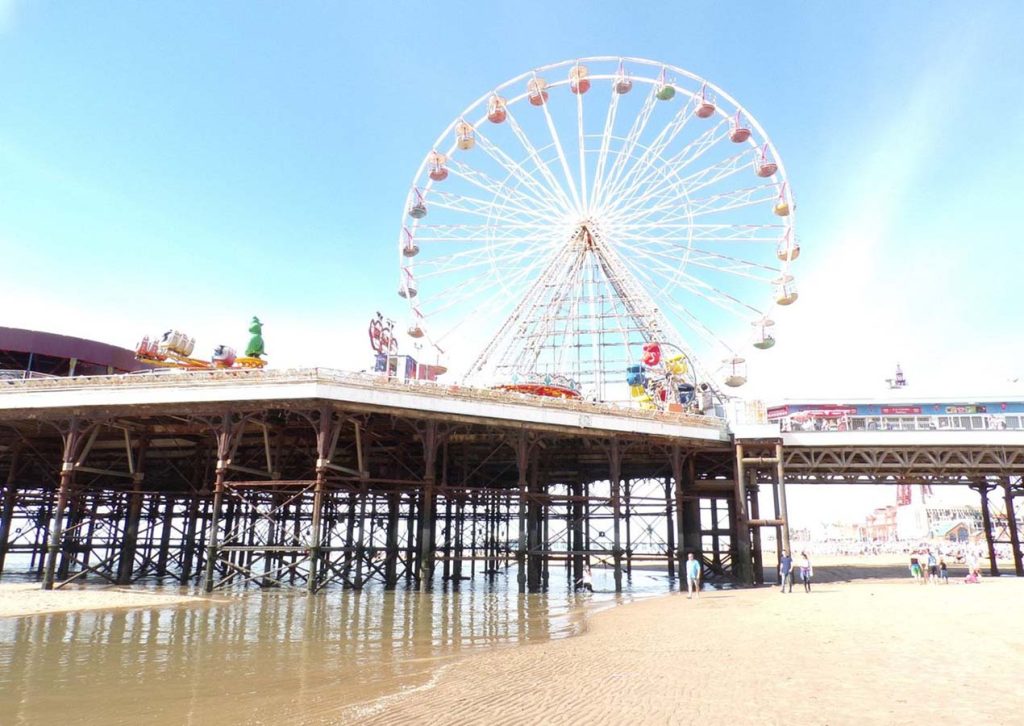Oslo, Norway’s vibrant capital, is a city renowned for its stunning fjord views, rich cultural heritage, and efficient public transport system. Navigating this picturesque city is a breeze, thanks to its well-integrated network of buses, trains, and ferries. Whether you’re a first-time visitor or a seasoned traveler, understanding Oslo’s public transport options can enhance your experience, making it easy to explore everything from the bustling city center to the serene outskirts.
1. Getting Started: The Oslo Travel Card
Before diving into the specifics of each transport mode, let’s start with the Oslo Travel Card, an essential tool for navigating the city. The Oslo Travel Card offers unlimited access to all public transport services within the city zone for a set period. This includes buses, trams, trains, and ferries. It’s an excellent option for both tourists and residents, providing convenience and cost savings.
Where to Buy:
- Online: Purchase the card through the Ruter website or app before your trip.
- Stations: Available at major train stations and selected kiosks throughout the city.
- App: Download the Ruter app to buy and manage your travel card digitally.
Pricing:
- 24-Hour Card: NOK 117
- 7-Day Card: NOK 468
The card offers substantial savings compared to single-ride tickets, especially if you plan on using public transport frequently.
2. Buses: The Backbone of Oslo’s Public Transport
Oslo’s bus network is extensive, covering nearly every corner of the city. Buses are operated by Ruter and are a reliable way to travel short distances or reach areas not covered by trains or ferries.

Key Bus Lines and Routes:
- Line 30: Connects the city center with Bygdøy, a popular area for museums and historical sites.
- Line 54: Offers direct access to the vibrant Grünerløkka district.
- Line 37: Runs from the city center to the popular shopping area of Storo.
How to Use:
- Schedules: Buses run frequently, but schedules can vary based on the time of day. Check the Ruter app or website for real-time updates.
- Tickets: You can use your Oslo Travel Card, purchase single tickets via the Ruter app, or buy tickets at kiosks.
- Accessibility: Most buses are wheelchair accessible, with designated spaces for strollers and mobility aids.
Tips:
- Peak Hours: Buses can be crowded during rush hours (7:00-9:00 and 15:00-17:00), so plan accordingly if you prefer a more comfortable ride.
- Bus Stops: Stops are well-marked with clear signage. Make sure to validate your card before boarding.
3. Trains: Efficient Travel Across Oslo and Beyond
Oslo’s train network is operated by Vy and is ideal for traveling longer distances or reaching neighboring towns. The train services are modern and comfortable, with various routes connecting Oslo to other Norwegian cities and regions.
Key Train Lines:
- The Østfold Line: Connects Oslo to cities like Fredrikstad and Sarpsborg.
- The Gjøvik Line: Travels to Gjøvik, passing through scenic rural areas.
- The Airport Express Train (Flytoget): Provides a fast connection between Oslo Central Station and Oslo Gardermoen Airport in about 20 minutes.
How to Use:
- Schedules: Trains run regularly, but schedules vary, especially on weekends and holidays. Check the Vy app or website for up-to-date information.
- Tickets: Use the Oslo Travel Card for local trains. For long-distance travel, purchase tickets via the Vy app or at ticket machines at the station.
- Stations: Major stations include Oslo Central Station (Oslo S), Nationaltheatret, and Skøyen. Oslo S is the main hub for both local and long-distance trains.
Tips:
- Seat Reservation: For long-distance trains, seat reservations are recommended, especially during peak travel times.
- Travel Passes: Consider purchasing a multi-ride pass if you plan on traveling extensively by train.
4. Ferries: Exploring Oslo’s Scenic Waterways
Oslo is uniquely situated on the Oslofjord, and taking a ferry is a wonderful way to experience the city from the water. Ferries are operated by Ruter and are a popular choice for both tourists and locals.

Key Ferry Routes:
- Bygdøy Peninsula: Ferries run from the city center to Bygdøy, where you can visit museums such as the Viking Ship Museum and the Kon-Tiki Museum.
- Hovedøya Island: Offers a scenic trip to Hovedøya, known for its beautiful nature and historical ruins.
- Nakkholmen: A lesser-known route that provides access to a charming island with scenic views and walking trails.
How to Use:
- Schedules: Ferries operate less frequently than buses and trains, with reduced services during the winter months. Check the Ruter app or website for timetables.
- Tickets: The Oslo Travel Card is valid on ferries. You can also purchase single tickets at kiosks or via the Ruter app.
- Accessibility: Ferries are generally accessible, but check specific routes for any potential accessibility issues.
Tips:
- Weather Considerations: Ferries are subject to weather conditions, so check the forecast before planning your trip.
- Scenic Views: Sit on the outer decks for the best views of Oslo’s stunning waterfront and islands.
5. Practical Tips for Using Oslo’s Public Transport
Navigating Oslo’s public transport system can be straightforward with a bit of planning. Here are some practical tips to help you make the most of your travels:

1. Plan Ahead:
- Use the Ruter app to check schedules, routes, and real-time updates. The app also provides maps and fare information.
2. Understand the Zones:
- Oslo’s public transport system operates on a zone-based fare structure. Make sure you are traveling within the correct zones for your ticket to be valid.
3. Validate Your Ticket:
- Always validate your Oslo Travel Card before boarding buses and trams. For trains and ferries, show your card or ticket to the conductor.
4. Keep Track of Time:
- Buses and trams often have precise departure times. Arrive a few minutes early to ensure you don’t miss your ride.
5. Use the Ruter App:
- The app offers comprehensive information on public transport routes, schedules, and ticket purchases. It’s an invaluable tool for both planning and navigating your journey.
6. Safety and Etiquette:
- Oslo’s public transport is safe and clean. Follow standard etiquette such as offering seats to the elderly and disabled and keeping noise levels down.
Oslo’s public transport system, with its efficient buses, trains, and ferries, provides a seamless way to explore the city and its surroundings. Whether you’re traveling to iconic landmarks, charming neighborhoods, or scenic fjord destinations, understanding how to use these services will enhance your experience.
By purchasing an Oslo Travel Card, familiarizing yourself with the different modes of transport, and utilizing tools like the Ruter app, you can navigate Oslo with ease. Embrace the convenience of public transport, and enjoy the many attractions and experiences that Oslo has to offer.



